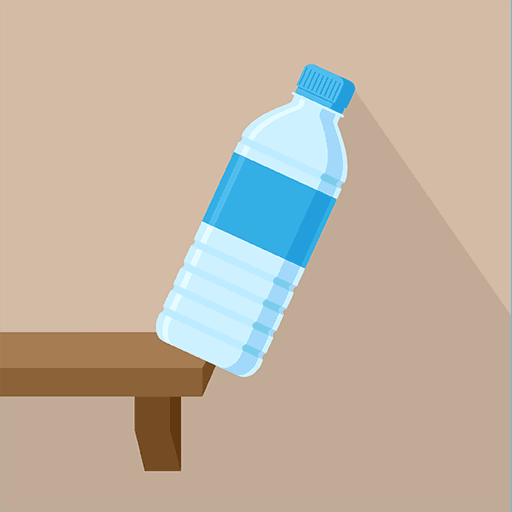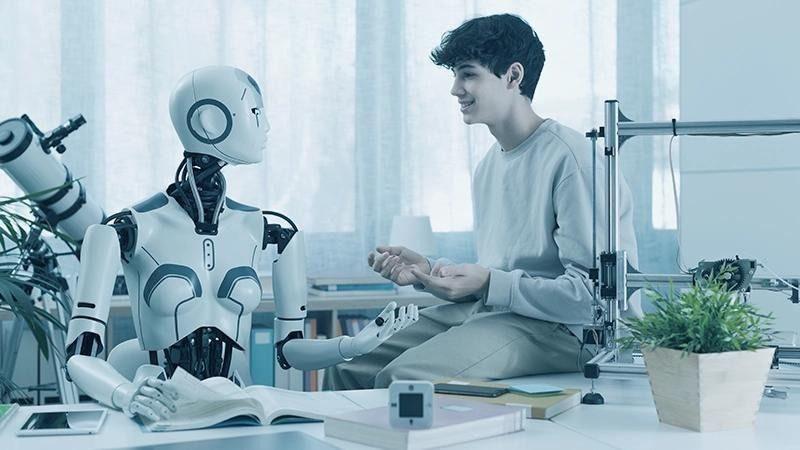

Let’s learn more about this topic below with Bottle Flip. AI tools for students and creators are revolutionizing the way we learn, work, and express ourselves creatively. These innovative solutions are transforming education and content creation.
Artificial intelligence has made significant strides in recent years, permeating various aspects of our lives. In the realm of education and creative industries, AI tools have emerged as powerful allies for students and content creators alike. These tools are designed to enhance productivity, streamline workflows, and unlock new possibilities for learning and expression. The integration of AI in these fields has sparked a revolution, changing the way we approach knowledge acquisition and creative processes.
One of the most intriguing applications of AI in this context is the concept of Bottle Flip. This seemingly simple game has been transformed into a learning tool through the power of artificial intelligence. By incorporating elements of physics, probability, and decision-making, Bottle Flip has become a unique case study in how AI can gamify education and make complex concepts more accessible to students. The game’s popularity has soared, with millions of attempts recorded worldwide, providing a rich dataset for AI algorithms to analyze and learn from.
For students, AI-powered tools offer a myriad of benefits. From personalized learning experiences to intelligent tutoring systems, these technologies are reshaping the educational landscape. AI can adapt to individual learning styles, provide instant feedback, and offer tailored recommendations for improvement. This level of customization was previously unattainable on a large scale, but with AI, it has become a reality for students across the globe.
The integration of AI in education has led to the development of numerous tools that cater to different aspects of the learning process. These tools are designed to support students in various ways, from research and writing to exam preparation and time management. One of the most significant advantages of AI-powered educational tools is their ability to provide personalized learning experiences.
Intelligent tutoring systems, powered by AI algorithms, can analyze a student’s performance and learning patterns to create customized study plans. These systems can identify areas where a student may be struggling and offer targeted exercises and explanations to address those specific challenges. This level of personalization ensures that each student receives the support they need to succeed, regardless of their individual learning pace or style.
AI-driven research assistants have also become invaluable tools for students. These sophisticated systems can sift through vast amounts of information, helping students find relevant sources and summarize key points. This not only saves time but also enhances the quality of research by ensuring that students have access to the most up-to-date and pertinent information available.
Writing assistance tools powered by AI have revolutionized the way students approach essays, reports, and theses. These tools go beyond simple spell-checking and grammar correction. They can offer suggestions for improving sentence structure, enhancing vocabulary, and even providing insights on argumentation and coherence. Some advanced AI writing assistants can even help students brainstorm ideas and develop outlines for their work.
The Bottle Flip phenomenon serves as an excellent example of how AI can transform a simple concept into a powerful learning tool. By applying AI algorithms to analyze the physics of bottle flipping, researchers have created educational programs that teach students about concepts such as center of mass, rotational motion, and fluid dynamics. The Bottle Flip game has been gamified and integrated into physics curricula, making complex scientific principles more engaging and accessible to students of all ages.
AI algorithms analyze thousands of Bottle Flip attempts, learning from successful and unsuccessful flips. This data is then used to create predictive models that can help students understand the optimal conditions for a successful flip. By experimenting with different variables such as bottle shape, water level, and flipping technique, students gain hands-on experience with scientific concepts while enjoying a fun and challenging activity.
The success of Bottle Flip as an educational tool has inspired the development of similar AI-enhanced games and simulations across various subjects. These interactive learning experiences leverage the power of AI to create engaging, adaptive, and informative content that resonates with today’s tech-savvy students.
Content creators across various disciplines have embraced AI tools to enhance their creative processes and streamline their workflows. From writers and graphic designers to musicians and video editors, AI has become an indispensable assistant in the creative industries. These tools not only boost productivity but also inspire new ideas and push the boundaries of what’s possible in content creation.
For writers and bloggers, AI-powered writing assistants have become invaluable tools. These sophisticated programs can help with everything from generating article ideas to proofreading and editing. Some AI writing tools can even analyze the tone and style of existing content to ensure consistency across different pieces. This is particularly useful for content creators who manage multiple projects or work with various clients, each with their own unique voice and requirements.
Graphic designers have found AI to be a powerful ally in their creative endeavors. AI-driven design tools can generate color palettes, suggest layout options, and even create entire design concepts based on a set of parameters. These tools not only save time but also serve as a source of inspiration, helping designers break out of creative ruts and explore new artistic directions.
In the realm of digital marketing, AI has revolutionized the way content creators approach their strategies. AI-powered analytics tools can provide deep insights into audience behavior, helping marketers tailor their content to maximize engagement. Predictive AI algorithms can even suggest the best times to post content on social media platforms, ensuring maximum visibility and impact.
The impact of AI on music and video production has been nothing short of transformative. Musicians and composers now have access to AI tools that can generate melodies, harmonies, and even entire compositions based on specific parameters or styles. These tools serve as creative collaborators, offering new ideas and inspiration to artists.
Video editors have embraced AI-powered tools that can automate tedious tasks such as color correction, audio synchronization, and even basic editing decisions. Some advanced AI video editing tools can analyze footage and suggest cuts based on pacing and visual interest, significantly speeding up the editing process while maintaining high-quality results.
The concept of Bottle Flip has even found its way into the world of video content creation. AI algorithms analyze successful Bottle Flip videos to identify elements that contribute to their virality. Content creators can then use these insights to craft more engaging and shareable content, leveraging the popularity of trends like Bottle Flip to boost their reach and engagement.
As AI technology continues to advance, the possibilities for its application in education and content creation seem limitless. We are likely to see even more sophisticated and intuitive AI tools that can understand and anticipate the needs of students and creators with unprecedented accuracy. The future may bring AI-powered virtual reality learning environments, where students can immerse themselves in historical events or scientific phenomena, guided by intelligent AI tutors.
For content creators, the evolution of AI tools may lead to even more seamless integration between human creativity and machine intelligence. We might see AI systems that can adapt to an individual creator’s style and preferences, becoming true creative partners rather than just tools. The boundary between human-generated and AI-generated content may become increasingly blurred, raising interesting questions about authorship and creativity in the digital age.
The Bottle Flip phenomenon serves as a reminder of how seemingly simple concepts can be transformed into powerful learning and creative tools through the application of AI. As we move forward, we can expect to see more such examples of everyday activities being reimagined and enhanced by artificial intelligence, opening up new avenues for education and creative expression.
In conclusion, AI tools for students and creators have already made a significant impact on the way we learn, create, and share knowledge. From personalized learning experiences to AI-assisted content creation, these tools are empowering individuals to reach new heights of achievement and creativity.
As we continue to explore the potential of AI in these fields, we must also remain mindful of the ethical implications and strive to create a future where artificial intelligence enhances human potential rather than replacing it. The journey of AI in education and content creation is just beginning, and the possibilities are as exciting as they are boundless.